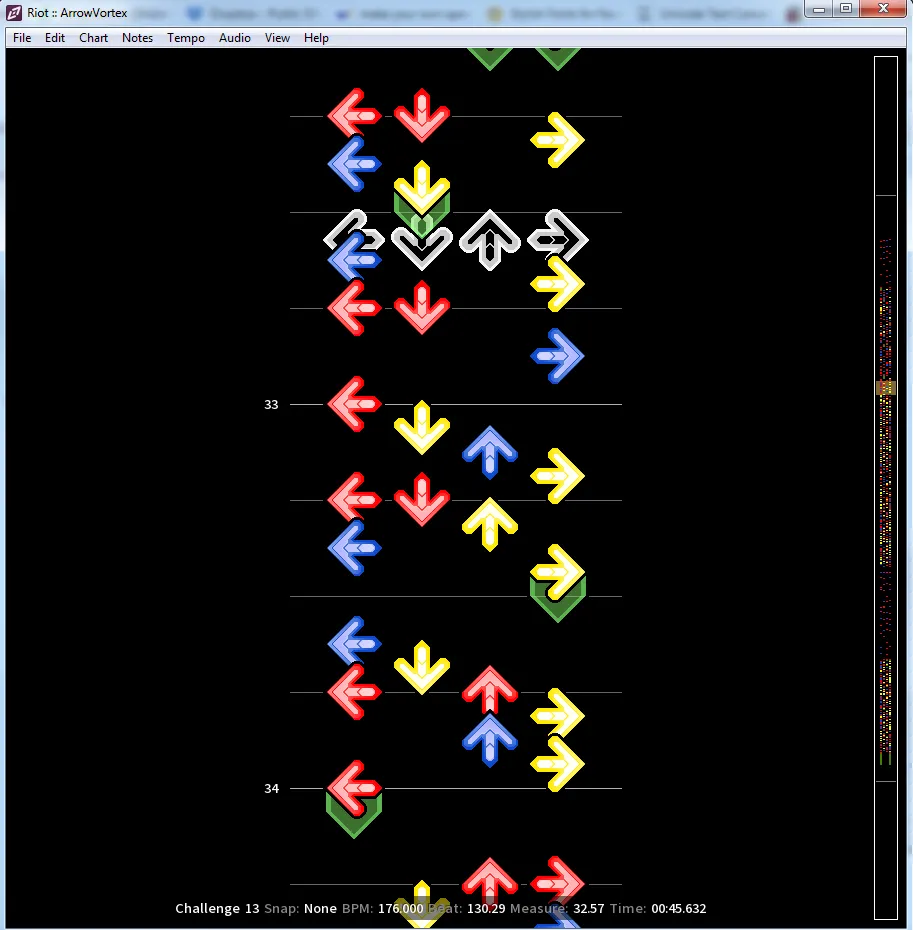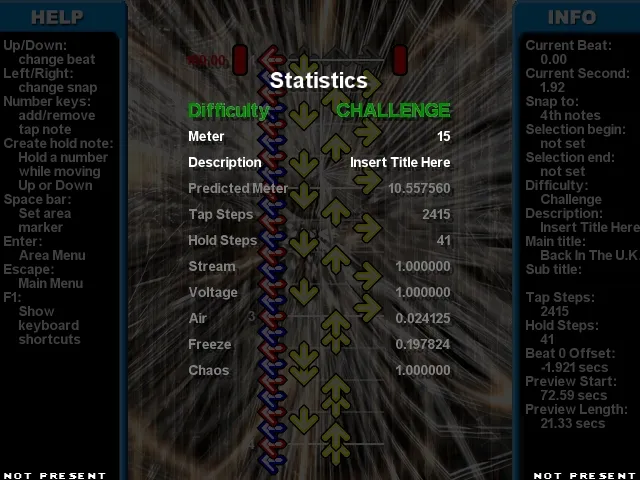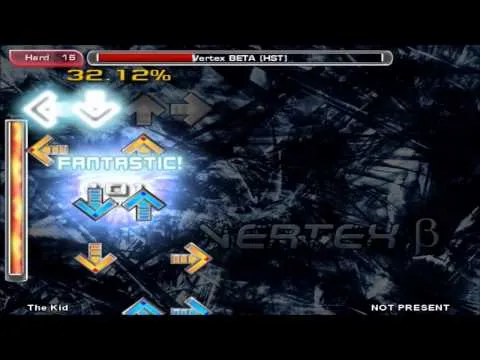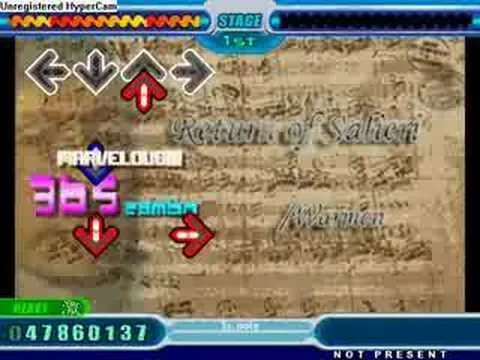
FA Stepartists
LITTLE MATT, JAYCE AND TYLER:
Little Matt (and Jim) is the reason I started writing those bullshit technical files that are starting to turn up in my packs. He's shown to me that it is possible to merge technical play with higher level play. I guess Jim would be the true genesis point for stuff like Hero but Little Matt is very important because he was actually doing them and doing them well. It's shown me that this is as-yet an untapped sub-metagame that is worth exploring, and this is the latest avenue I've been taking my work over the past year. Expect to see alot more of that in the near future. Tyler falls into this category because I was honestly quite impressed with Dances with Snow Fairies because it was just so wild, and you have consistent success with simfiles like Riot and Violet Rose.
Hero: 
Riot: 
Dances with Snow Fairies: 
Anyone who has ever used scripted effects needs to have Jayce on their list. If you were around in 2010 you could see what he was doing with the Gay4Gimmix series and that stuff is major. I was definitely most impressed with Strotch, from the first pack.. Again, another under-represented area of the game, but it does have a higher level entry: you need to start scripting and coding if you want to get into that. I actually toyed with some interesting effects like negative bpms and mines back around that time, but Jayce took it to a whole new level with what he was testing out with those packs of his. Only now have I been gradually incorporating graphical effects into mainstream work, and that too is something I want to explore going forward.

Keyboard stepartists:
It's been nearly a decade since I played keyboard more than pad, so my memory is hazy, but these four keyboard stepartists: DukAmok, HST, Zaghurim and Toph all introduced me to the very basics of stepping. Dukamok was really the first to write streams of varying speeds and densities that could be played on a pad at all, so he is literally the genesis point of something as simple as: these steps can be hit with feet, and these steps need to be hit with fingers. He often included a hard chart that was for index, a challenge chart for a spread, and an easy chart for ultra bullshit. his Return of Salieri was the most quintessential in that regard. HST is my fundamental influence on the concept of streaming in the first place. Writing 16ths is not intuitive: If you'd listened to Vertex Beta, you could so easily have just put down 8ths for the entire song, but HST's chart shows that it is possible, and it is admissible, to write to non-dominant sounds in music. In 2018 it's easy to say 'oh the stream goes here' but rewind a decade when the prevailing attitude was to -not- write streams, where karaoke steps were considered an inferior way of stepping, then to see someone writing streams at all and then for it to be popular is a big deal. This is fundamental Copernicus or Newton-level basics.
HST's Vertex Beta: 
DukAmok's Return of Salieri (Hard): 
Zaghurim and Toph are in the same boat, but Toph explored layering in the two-dimensional scale (jumpstreams) and Zaghurim excelled at it. My original thesis as a stepartist was to be able to step charts that were as rhythmically complex as keyboard charts but try to do them with the extra challenge of them being made for pad, which meant limiting the kinds of patterns at your disposal and coming up with other novel ways of accentuating sounds.


